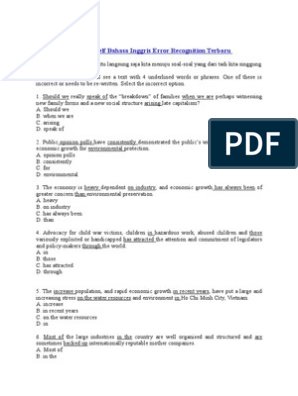0% found this document useful (0 votes)
86 views55 pagesChapter One Intoduction
The document provides an introduction to water resources in Ethiopia. It discusses that Ethiopia has significant spatial and temporal variation in water availability, with the majority of surface water generated in western river basins. The country's annual renewable freshwater is estimated at 122 billion cubic meters, though only 3% remains within Ethiopia. The water resources are divided among 12 major river basins, several lakes, and other hydrological features. Water resource planning and management are important to make best use of these varied water resources.
Uploaded by
ZELALEMCopyright
© © All Rights Reserved
We take content rights seriously. If you suspect this is your content, claim it here.
Available Formats
Download as PPT, PDF, TXT or read online on Scribd
0% found this document useful (0 votes)
86 views55 pagesChapter One Intoduction
The document provides an introduction to water resources in Ethiopia. It discusses that Ethiopia has significant spatial and temporal variation in water availability, with the majority of surface water generated in western river basins. The country's annual renewable freshwater is estimated at 122 billion cubic meters, though only 3% remains within Ethiopia. The water resources are divided among 12 major river basins, several lakes, and other hydrological features. Water resource planning and management are important to make best use of these varied water resources.
Uploaded by
ZELALEMCopyright
© © All Rights Reserved
We take content rights seriously. If you suspect this is your content, claim it here.
Available Formats
Download as PPT, PDF, TXT or read online on Scribd
/ 55














































































































